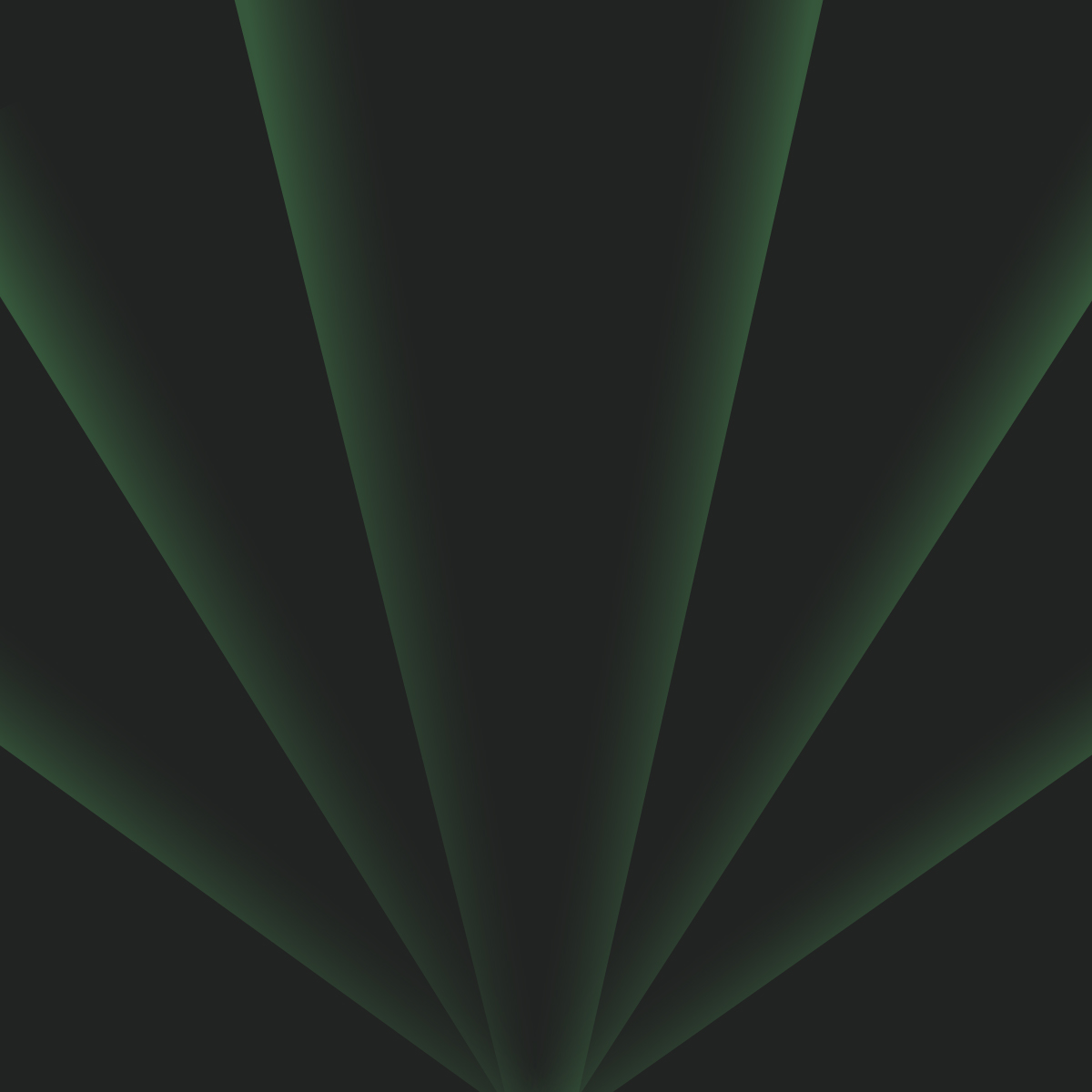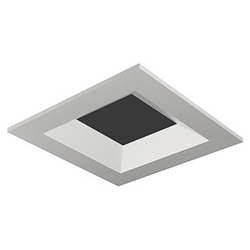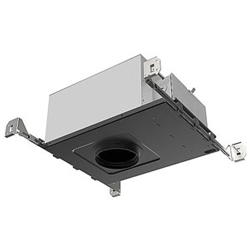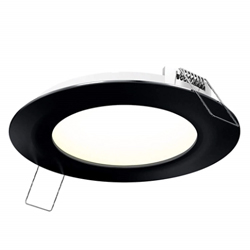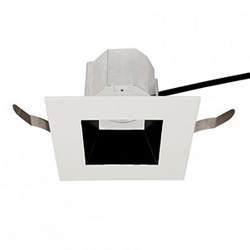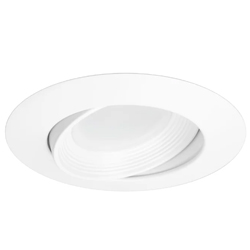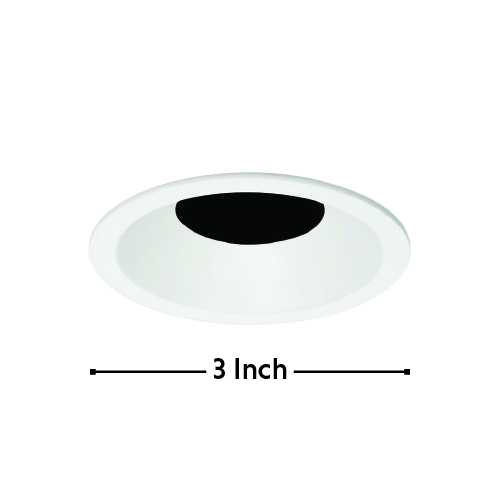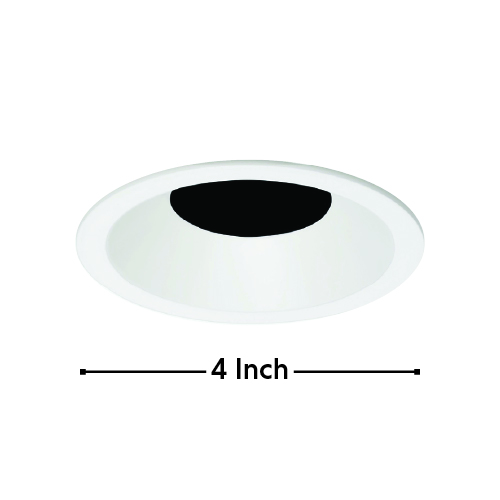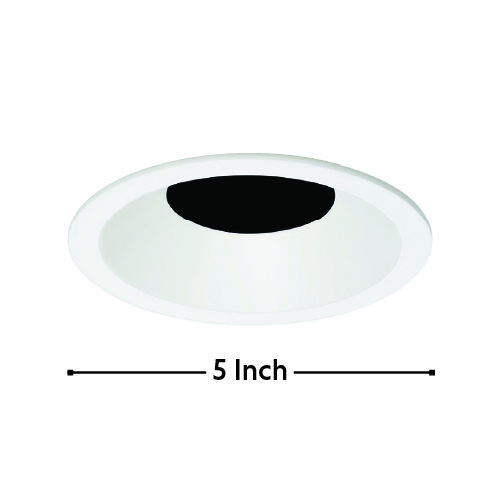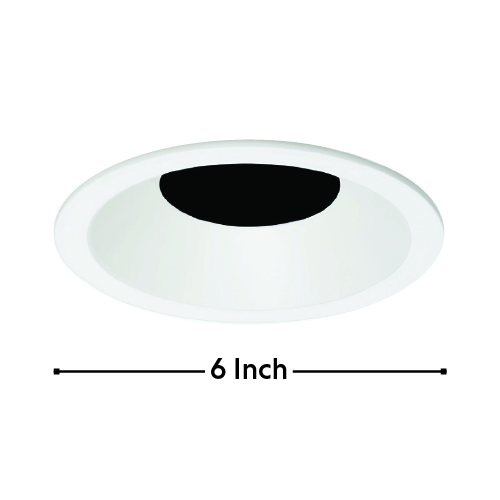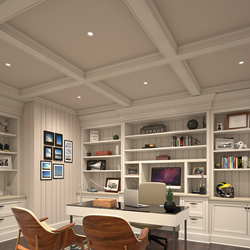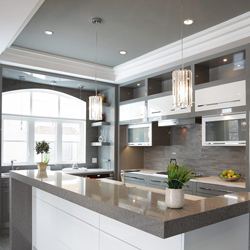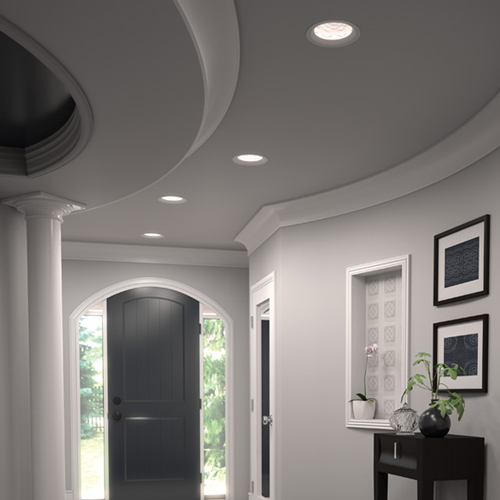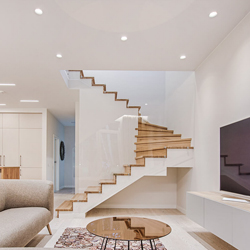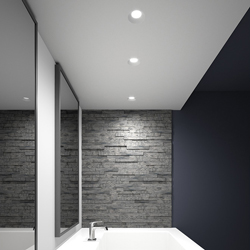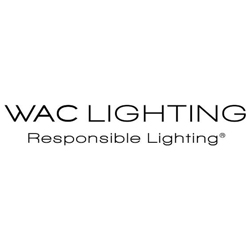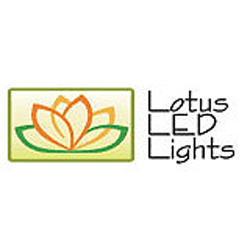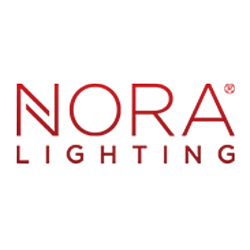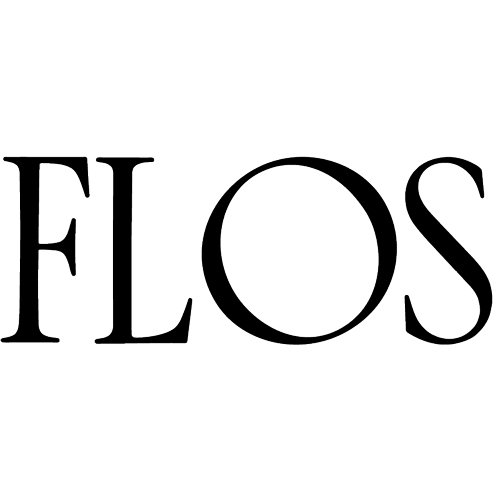Modern Recessed Lighting
Shop Recessed Ceiling Lights by Category
Shop All Recessed LightingShop by Color Temperature
Shop All Recessed LightingShop by Brand
Shop All Recessed Lighting
Learn More About Recessed Lighting |
Frequently Asked Questions on Recessed Lighting Trims and Housing
When to Choose Remodel or New Construction Housing
In order to choose the correct recessed lighting housing, you will need to know whether to use a remodel or new construction style housing. Although these terms seem straightforward, they are somewhat of a misnomer.
New Construction Housings are appropriate when you have accessible space around where the light is going to be placed. These are used when: You are building in a new space where you have full access to the wall/ceiling/floor without sheetrock or plaster hindering your access to beams, etc. Or you have access to the space due to an overhead attic, a pop out ceiling panel, etc. The reason you need all this space is that new construction housings are bulkier and are installed in between joist beams or onto hanger bars from T-Bar or drop ceilings.
Remodel Housings are less bulky and appropriate when you have limited or no access to the space above the new fixture. This is common in apartments or homes without crawl spaces or attics. Remember, even though Remodel housings are less bulky, it does not mean that you won't have to remove sheetrock or make holes in your ceiling to accommodate your new lighting plan.
Should You Choose IC-Rated or Non-IC Rated?
Understanding whether you need IC or Non-IC rated components is the other critical aspect to choosing the right housing. An IC, or insulation contact, rating means that the fixture can come in direct contact with thermal insulation. Non-IC, or non-insulation contact, rating means that the fixture can't come in direct contact with thermal insulation and should be kept at least 3 inches from any insulation.
What is the Difference Between Line Vs. Low Voltage Recessed Lighting?
The final technical component of choosing recessed lighting is to determine whether you want line or low voltage. Line voltage operates directly off of the normal household 120-volt current. No transformer or special modern dimmers are needed. Line voltage is recommended when you have high ceilings and/or the need to provide general illumination to a room, as you can use up to a 150W bulb.
Low Voltage recessed lighting is a more energy efficient alternative that uses a 12-volt current instead of a 120-volt current. A special transformer is needed to reduce the voltage and special modern-dimmers are required if you want a dimming feature. Low voltage is recommended when you want to create high contrast and/or are using the recessed lights as a form of task or accent lighting.
What Sizes of Recessed Lighting Trims Are There
The trim is the visible part of the light, therefore it should reflect your style and the application for which it is going to be used. First, you need to pick the size. Recessed lighting trims come in multiple sizes ranging from 1" to 6" in diameter. The size of the trim is a personal preference; however, larger-sized trims are able to produce broader amounts of light. Obviously, smaller trims are less conspicuous and are hence often seen to be more modern and architecturally desirable. Again, while the trim size can be based on your aesthetic, some common applications include:
6" trims are still the mainstay for general residential downlight and wall wash illumination, due to their ability to accommodate a wide range of lamps, wattages, and efficient optics.
5" trims have become popular for task lighting and even general lighting in smaller scale settings.
4" trims are useful for task and accent lighting with short throw distances and/or lower light level requirements, such as over a bar or counter.
3" trims and 2" trims are best for providing rooms with moderate and low levels of ambient lighting such as in the case of a dining room or living room.
What Are The Types of Recessed Lighting Trims?
After you have decided on the size, it is important to understand the style of trim you want. The appropriate style is largely based on the application and the desired effect you are going for:
Baffle Trims are the most popular choice of all recessed lighting trims. They are the perfect choice for use in living spaces such as living rooms, dining rooms, dens, bedrooms, etc. These trims feature large uniform grooves which are designed to absorb excess light. Baffles help to reduce glare and are typically offered in two color choices, black or white. Black baffles reduce the most amount of glare from the bulb, while white baffles help to reduce or eliminate the appearance of dark holes in the ceiling.
Reflector Trims are the preferred choice for use in kitchens, very high ceilings and commercial applications. Reflector trims use a highly polished smooth interior trim to maximize the amount of light produced from the bulb. These trims are available with multiple tints which can aid in either obscuring the bulb from view, or warming the room.
Adjustable Trims are used in a variety of applications. They can be used in general lighting, task lighting, accent lighting and wall washing. These types of trims allow the bulb to "float" in the housing and give the user the ability to position the bulb to reach the desired area. A benefit to using adjustable trims is that the housing can be installed off-center and the trim can compensate for the position of the housing and still accomplish the desired lighting technique.
Shower Trims are designed to protect the bulb and the interior of the housing from moisture or taking direct hits of water. They are the preferred choice for use in bathrooms, showers, eave lighting and in closets.
Wall-washed Trims are combinations of a directional reflector and a light "scoop" direct light toward the wall. Most scoop wall washers utilize A-lamp or CFL lamps. Higher-wattage commercial-style scoop wall washers utilize R/BR Lamps. Scoop wall wash trims are generally spaced 20"- 30" from the wall and 20"- 30" apart.
Decorative Trims have become very popular over the last few years. They combine the ability to provide a pleasing look on the ceiling while utilizing a powerful and efficient low-voltage halogen bulb.
How many lights am I going to need?
This question has no easy answer, as opinions on this subject vary greatly. However, a good rule of thumb is to take the height of the ceiling and divide it in half. This is the distance that each light should be from one another. For example, a room with an 8' ceiling, should have lights approximately 4' from one another (8' ceiling / 2 = 4' apart). The total number of lights will also be affected by the type and wattage of the bulb being used. Spotlights with narrow beams will produce pockets or pools of light, while flood type bulbs will produce broader amounts of light.
Can I use a dimmer?
Yes, a dimmer can be used on most recessed lighting and can lighting. Line Voltage recessed lighting can be dimmed with a standard incandescent dimmer. While Low Voltage recessed lighting will be dimmed with either a Low Voltage Electronic or Magnetic dimmer. The type of transformer (Electronic or Magnetic) used in the housing will determine which type of dimmer you need.
What is meant by Air-Tight down light and why would I want to use one?
Any air-tight rated downlight has demonstrated in an independent testing laboratory environment that it will prevent air flow through the fixture. This is important because it saves money in heating and cooling costs. Just as important, some state regulations are now requiring that new home construction use this type of downlight.
Can I use a CFL or LED bulb in a Line Voltage Housing and Trim?
Yes, CFL and LED bulbs can be used in Line Voltage Housings and Trims. These types of bulbs are readily available in Par, R, and A-shaped bulbs. It's important to note, that the shape of the bulb should be as close to the bulb specified by the manufacturer as possible. For example, if the housing and trim are recommending a Par/R-shaped bulb, the CFL or LED bulb should be in a Par/R shape. Spiral CFL bulbs can be used as they have the same socket base as a Par/R bulb, however, due to the length and width of some bulbs, the light pattern given off by the bulb and the overall look, may not be what was originally intended.
Can recessed lights be installed in a bathroom?
Yes, recessed lighting trims and housings are suitable for damp locations (porch or bathroom) using any trim. Wet locations, above a shower or outdoors, require the use of specific wet location trims.
Why Consider Die Cast Trims over Stamped Trims?
Aluminum die-cast trims provide stronger construction, more precise shapes, and superior heat dissipation properties than corresponding stamped metal options. Die-cast trims are stronger due to their single-piece construction versus a stamped trim that is made up of multiple pieces of metal that are fastened or welded together. The die-cast process produces trims with tighter tolerances than stamping, thus resulting in greater precision of shapes with smoother edges. Stamped trims are similar in appearance to die-cast trims as they utilize the same powder coat finish. In summary, die-cast trims look similar in appearance to the corresponding stamped trim but die-cast trims are of superior quality.
All About Recessed Can Lights and Lighting Solutions
When it comes to lighting that blends sophistication with functionality, recessed lights, also known as recessed can lights, stand out. Recessed can lighting, often referred to as puck lights or high hat lights, involves installing fixtures within the ceiling or wall for a clean, unobtrusive appearance. While recessed lighting requires careful planning, it offers unique possibilities for designing a customized lighting layout that delivers even, focused illumination throughout a space. Recessed lights consist of two primary components: Recessed Housing and Recessed Trims.
Selecting the right trim is based on personal style, but choosing the right housing may involve technical decisions best discussed with your electrician. Understanding these key elements ensures you get the most out of your recessed lighting setup:
Why Recessed Can Lights and Recessed Lighting Stand Out
Recessed can lights are valued for their ability to create a sleek, modern aesthetic while delivering versatile and effective illumination. Installed flush with the ceiling, they offer a minimalist approach to lighting, eliminating bulky fixtures and seamlessly integrating into any room. Whether you need ambient, accent, or task lighting, recessed lights offer flexibility for multiple applications, such as illuminating artwork, brightening workspaces, or providing overall room lighting. Their discreet design and functionality make recessed lighting an ideal choice for enhancing both the look and feel of your space.
Different Styles of Recessed Can Lighting to Explore
Adjustable Recessed Can Lighting for Custom Focus
Also known as eyeball recessed lights, adjustable recessed can lights allow you to pivot and direct light exactly where it’s needed. These fixtures are perfect for highlighting artwork, architectural details, or providing directional lighting in specific spaces. The flexibility of adjustable recessed lighting makes it easy to create dynamic lighting schemes that can evolve with your needs.
Baffle Recessed Lighting for Comfort and Ambiance
Featuring a ribbed interior that reduces glare, baffle recessed lighting offers a softer, more diffused light, making it perfect for general lighting in living rooms, bedrooms, and kitchens. This design minimizes light spillage, ensuring a comfortable and visually appealing atmosphere in your space.
Shower Recessed Can Lights for Wet Environments
Designed to withstand moisture, shower recessed can lights are ideal for bathrooms, showers, and other humid areas. With watertight seals and durable construction, these fixtures provide safe, effective lighting in wet environments, allowing you to maintain style without sacrificing safety.
Wall-Wash Recessed Can Lighting for Accent and Depth
Wall-wash recessed lighting is designed to cast a wide, even beam of light across vertical surfaces, enhancing textures, colors, and architectural features. Ideal for living rooms, hallways, and galleries, wall-wash recessed can lights add depth to your design by drawing attention to walls and enriching the overall visual experience.


